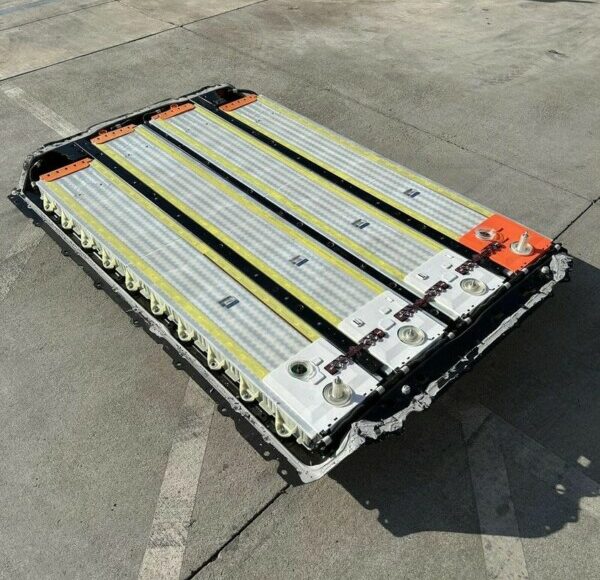This is a Tesla model Y battery. It takes up all of the space under the passenger compartment of the car.
To manufacture it you need:
–12 tons of rock for Lithium (can also be
extracted from sea water)
— 5 tons of cobalt minerals (Most cobalt is made
as a byproduct of the processing of copper
and nickel ores. It is the most difficult material
to obtain for a battery and the most
expensive.)
— 3 tons nickel ore
— 12 tons of copper ore
You must move 250 tons of soil to obtain:
— 26.5 pounds of Lithium
— 30 pounds of nickel
— 48.5 pounds of manganese
— 15 pounds of cobalt
To manufacture the battery also requires:
— 441 pounds of aluminum, steel and/or plastic
— 112 pounds of graphite
The Caterpillar 994A is used for the earthmoving to obtain the essential minerals. It consumes 264 gallons of diesel in 12 hours.
Finally you get a “zero emissions” car.
Presently, the bulk of the necessary minerals for manufacturing the batteries come from China or Africa. Much of the labor for getting the minerals in Africa is done by children! If we buy electric cars, it’s China who profits most!
BTW, this 2021 Tesla Model Y OEM battery (the cheapest Tesla battery) is currently for sale on the Internet for $4,999 not including shipping or installation. The battery weighs 1,000 pounds (you can imagine the shipping cost). The cost of Tesla batteries is:
Model 3 — $14,000+ (Car MSRP $38,990)
Model Y — $5,000–$5,500 (Car MSRP $47,740)
Model S — $13,000–$20,000 (Car MSRP $74,990)
Model X — $13,000+ (Car MSRP $79,990)
It takes SEVEN years for an electric car to reach net-zero CO2. The life expectancy of the batteries is 10 years (average). Only in the last three years do you begin to reduce your carbon footprint. Then the batteries have to be replaced and you lose all the gains you made in those three years.






